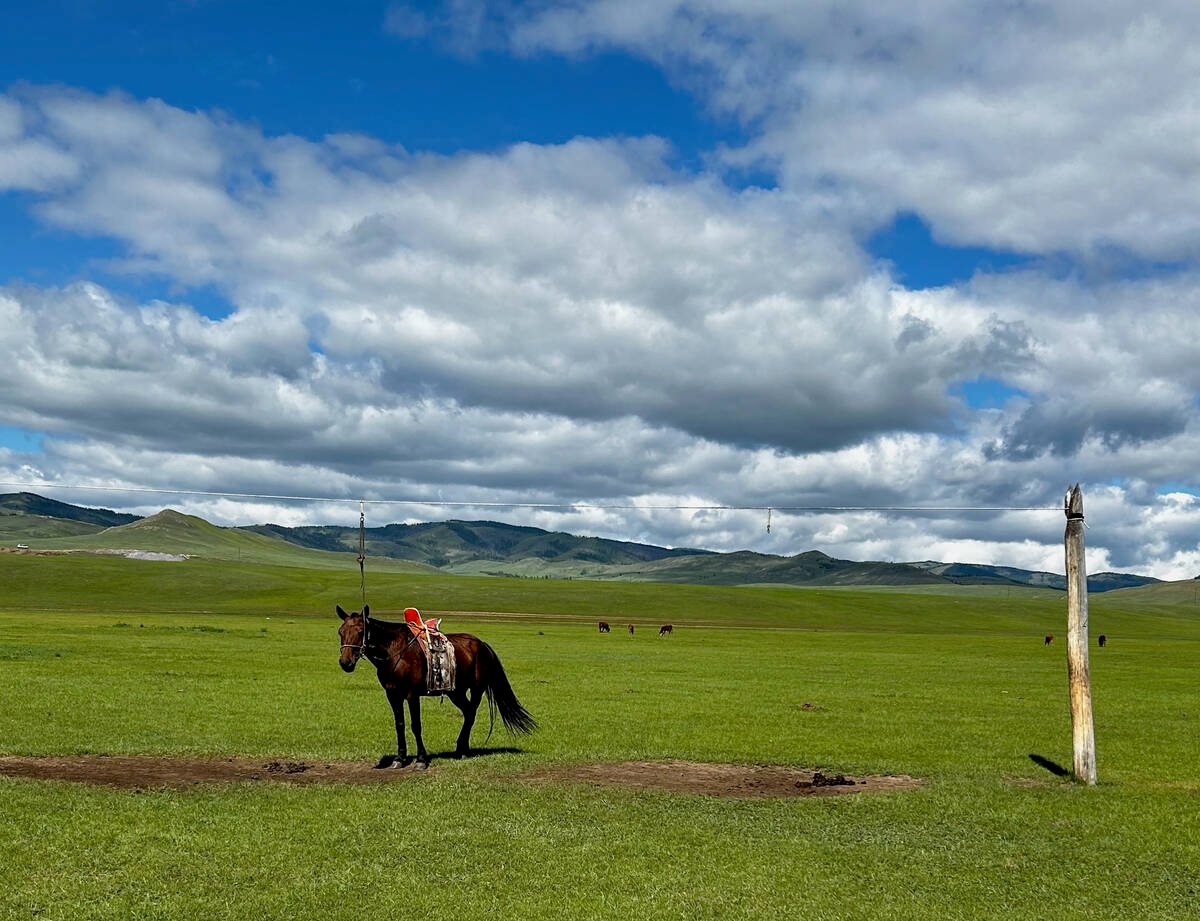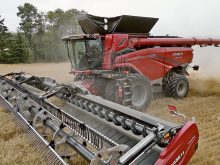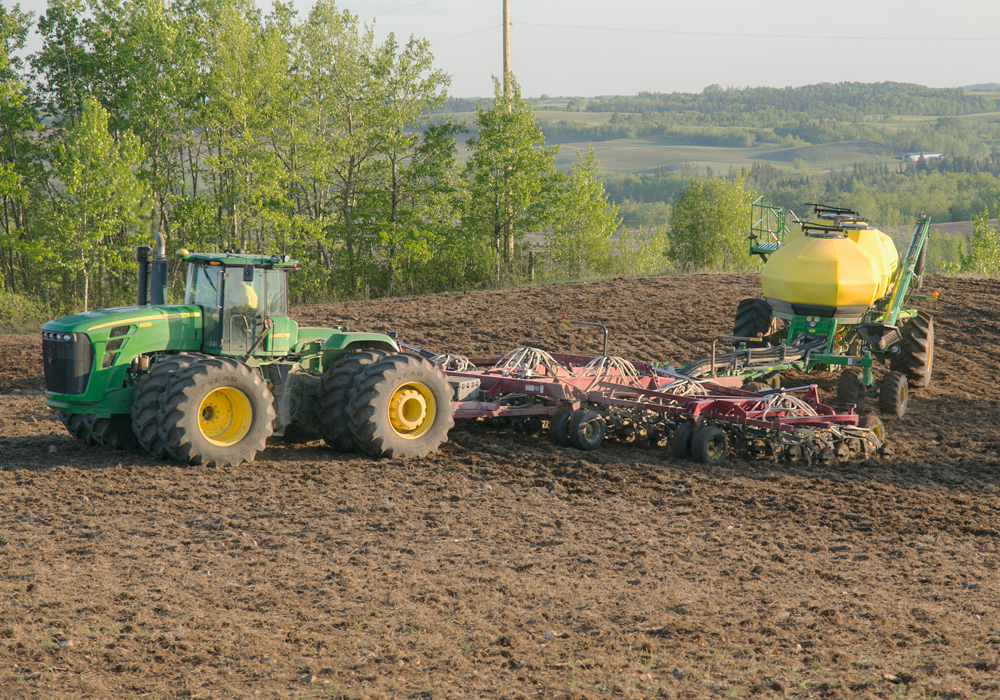LETHBRIDGE – Roundup Ready sugar beets have gained a lot of ground in southern Alberta.
Only six percent of the region’s 29,995 beet acres were conventional varieties last year, said Michel Camps, chair of the Alberta Sugar Beet Growers Marketing Board’s agriculture committee.
Growers are expected to come close to ordering only Roundup Ready varieties for this year.
“Your joint factory-grower research committee has decided to eliminate the costly practice of testing conventional varieties in the event that less than five percent of the seed ordered this year is of the conventional type,” he said.
Read Also

University of Saskatchewan experts helping ‘herders’ in Mongolia
The Canadian government and the University of Saskatchewan are part of a $10 million project trying to help Mongolian farmers modernize their practices.
“On the herbicide resistant varieties, four new varieties have been approved.”
Six conventional varieties are available.
Camps told the marketing board’s recent annual meeting that the Roundup resistant varieties made weed control much easier last year.
“Most fields received only two or three herbicide applications,” he said. “Inter-row cultivators dropped in value tremendously at the auctions and saw only minor action.”
However, Camps admitted he initially adopted the new technology with trepidation.
“I’m not sure about you guys, but when I pulled in the field for the first time with my sprayer to spray those tiny little beets with a label rate of glyphosate I thought, ‘this … better work.’ It all turned out OK and most of us were very pleased with the results of the technology.
“Some people used the opportunity to spray at or close after row closure to eliminate those last escaping weeds. The real problem we see coming to us here is volunteer Roundup Ready canola.”
Camps said 2009 was difficult for growers because of adverse harvest weather conditions. Growers left 6,867 acres in the ground when freezing, wet weather halted harvest.
Still, producers harvested 526,686 tonnes of beets, a “good portion of those in poor condition.”
The average yield was an estimated 22.75 tonnes per acre. Sugar content was 18.1 percent, with 15.95 percent extractable.
“This is close to our long-term average,” Camps said.














